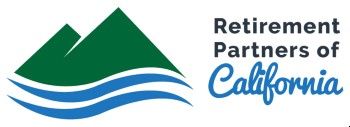There are three primary types of profit sharing plans: the pro-rata plan (the most common), new comparability plans (the most flexible), and age-weighted plans (most helpful for retaining talent). By thinking about profit sharing contributions in terms of employee age, importance to your company, and your business goals, you can choose the one that will work best for your business. Here are the details of each:
A PRO-RATA PLAN: A pro-rata plan is one where everybody in the plan receives employer contributions equally. It works similarly to an employer match, in that every employee receives the same percentage of their compensation as an employer contribution. For employers who want simplicity, but are interested in adding an additional benefit, this is a great choice.
NEW COMPARABILITY 401(K) PROFIT SHARING: New comparability profit sharing (aka “cross-testing”) offers the most flexibility for owners who want to personally receive the maximum possible contribution or who want to be able to make contributions to employees at different rates. By placing employees into separate benefit groups, owners can get the maximum percentage contribution while other employees get a smaller amount. In our experience, cross-testing works best with older owners and a younger employee base.
AGE-WEIGHTED PROFIT SHARING PLANS: Our clients use age-weighted Profit Sharing plans when the older an employee is, the higher percentage contribution they’ll receive. This is a good option for employers primarily concerned with retaining talent; the longer someone stays with the company, the more their employer contribution rate will increase.


